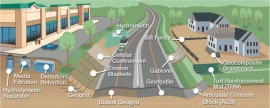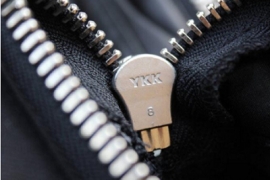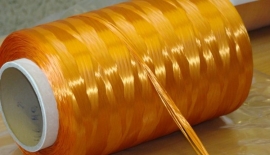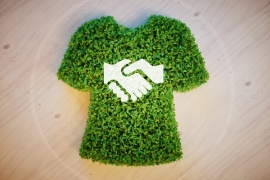Geotextile is a synthetic permeable textile material used to improve the soil characteristics. It has the ability to separate, filter, reinforce, protect and drain when used in association with soils. Geotextiles are ideal materials for many infrastructure works such as roads, harbors, landfills, drainage structures, and other civil projects.
Modernization of technology would necessitate more technical skills for operators in the production and maintenance functions across the value chain of the textile industry. The sector also needs multi-tasking/multi-skilling at the operator level.
The digital garment printing industry is starting to make its stamp within the larger printing industry.
QuickFree®, a zipper developed by YKK, has been recognized in the “Personal” category of the 2019 GOOD DESIGN® Awards.
Seam types are the place where two pieces of fabric are joined by application of a series of stitches or stitch types with a defined geometry. Over the years there are a number of different types of seams that have been developed to do different jobs. Many have largely been superseded by the development of machine stitches that finish as you sew them, and by the development of the overlocker (or serger in some parts of the world), it is useful to know some of the basic seams types and finishes.
After a 20 mile march in the snow, a man gets frostbite on his hand.
A baseball player loses grip of his bat mid-swing and knocks out his teammate.
What do these men have in common?
No Gloves!
The Future Of 3D Printed Materials And Design - This WTVOX Research Impact presents a new path towards 3D printed fashion, through transformations that affect both, materials and design.
For transforming filament fibres to yarns involve processes such as Wet spinning, Dry spinning, Melt spinning, Bi-component spinning, Bi-constituent spinning, ICS etc.
A funny thing has happened to clothing prices over the last half-century. While other consumer goods have grown more costly over time, clothing has become cheaper. According to KQED News, the average U.S. household in 1960 spent over 10% of its income on clothing and shoes. By 2013, that number had dropped to less than 3.5%.
Over two years since Google and Levi Strauss announced the Project Jacquard platform, we're now just days away from connected clothing that essentially turns what you wear into the equivalent of the touchscreen on your smartphone or smartwatch.










